European Breeding Bird Atlas 2
Organised by the Atlas Steering Committee of the European Bird Census Council (EBCC), this was the largest biodiversity citizen science project in the world, involving a huge network of organisations and volunteers from around 50 countries. The Atlas provides up-to-date breeding distribution and modelled maps showing probability of occurrence across the whole of Europe and importantly, shows changes in species distribution since the first European Bird Atlas published in 1997. Knowing where birds occur and how distributions have changed is crucial to effective targeting of conservation policies and action.
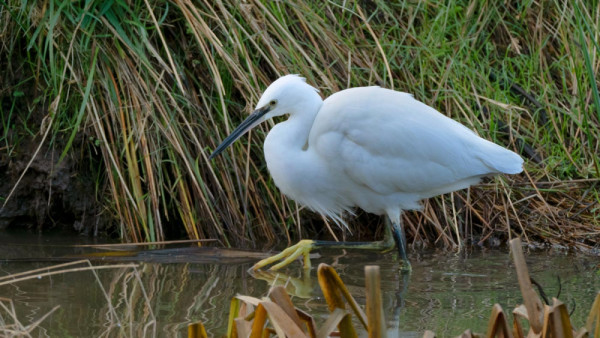
Project outcomes
EBBA2 provides robust measures of change in distribution for 446 species, thus giving an excellent insight into the shifts in the European avifauna over the last 30 years.
Although species range shifted in various directions (as shown below for Snipe), many species showed a significant northward shift. Another clear finding was the large increase in the range of many non-native species, with hotspots in the UK and the Low Countries.
A total of 596 species were found breeding over the period 2013‒17, 539 of which are native to Europe and 57 are non-native.
The success of this project is a testament to collaboration across political borders, which has strengthened the network of dedicated European ornithologists and organisations.
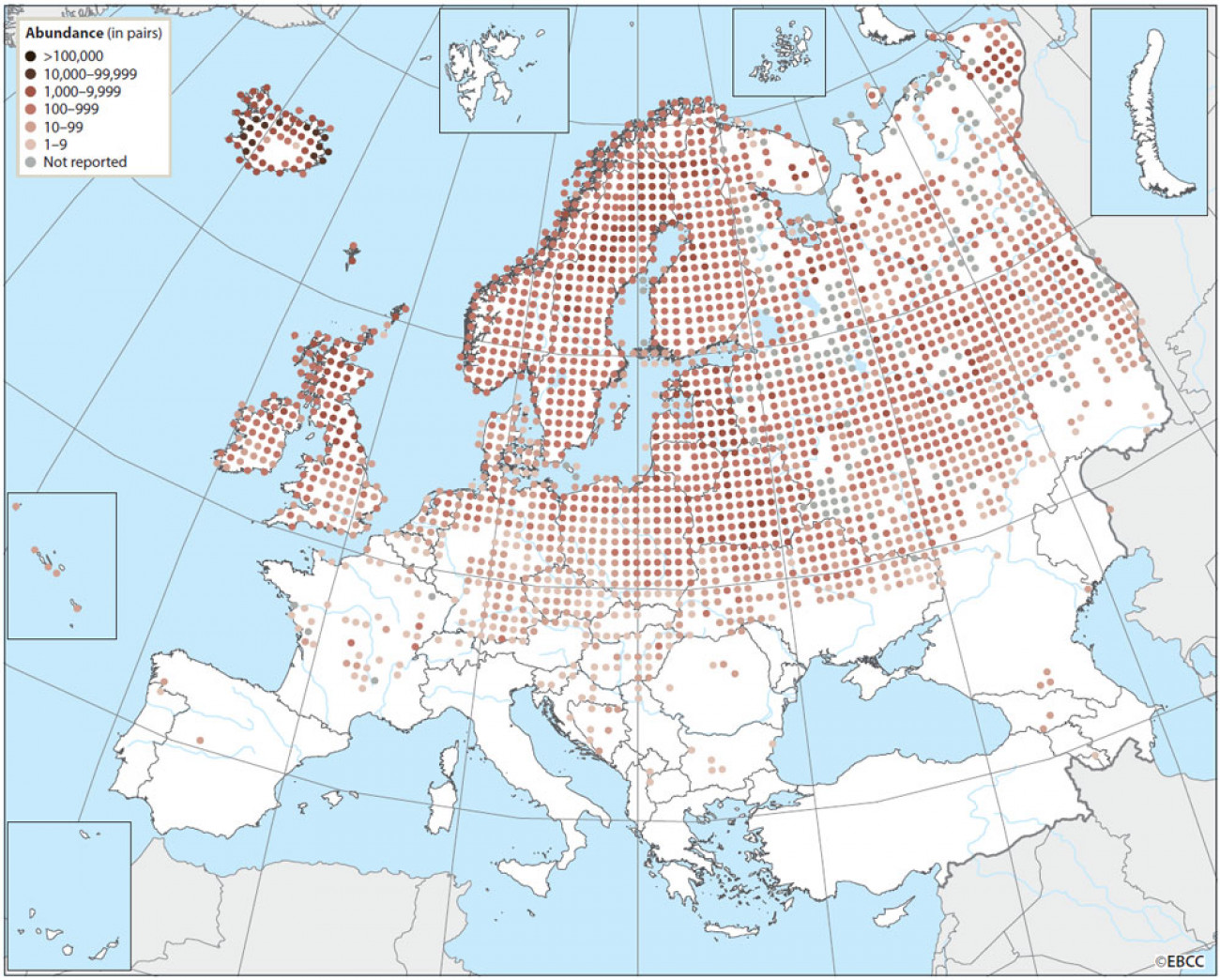
Methodology
The project was hugely challenging due to its large spatial scale and diversity in countries’ approaches. In consultation with the network of national coordinators, we developed a standard but simple methodology. Close to 120,000 fieldworkers collected data, primarily between 2013 and 2017. Overall, they recorded species occurrence and probability of breeding in 5,100 50x50-km squares (96% of the area), with 35,000 fieldworkers also performing more systematic surveys to deliver complete lists of species observed over a given survey period.
Collecting, checking, analysing and interpreting 50 national datasets was no mean feat, but was made easier thanks to online tools developed at the Catalan Ornithological Institute (ICO) in Barcelona.
In the UK: our contribution to EBBA2
EBBA2 work in the UK was largely coordinated by BTO's David Noble and Dawn Balmer, with expert technical support and advice from Justin Walker and Simon Gillings.
When fieldwork for EBBA2 began, we had just finished producing Bird Atlas 2007–11 so, given the focus on 2013–17, the timing wasn’t right for new fieldwork. Instead, we took advantage of the huge annual efforts in the UK’s core monitoring schemes such as the Breeding Bird Survey, bespoke species surveys and data from the Rare Breeding Bird Panel and our Nest Record Scheme. This left some gaps in evidence of breeding, so in 2017 we coordinated work to fill them. BTO built an online tool for volunteers to check species coverage in squares against that during Bird Atlas 2007–11.
This led to visits to determine whether the species was still present or had arrived since. Take-up was excellent and included dedicated atlasing trips and sabbaticals to remote parts of the UK. We are hugely grateful to those UK volunteers and to funds from donors to run this process.

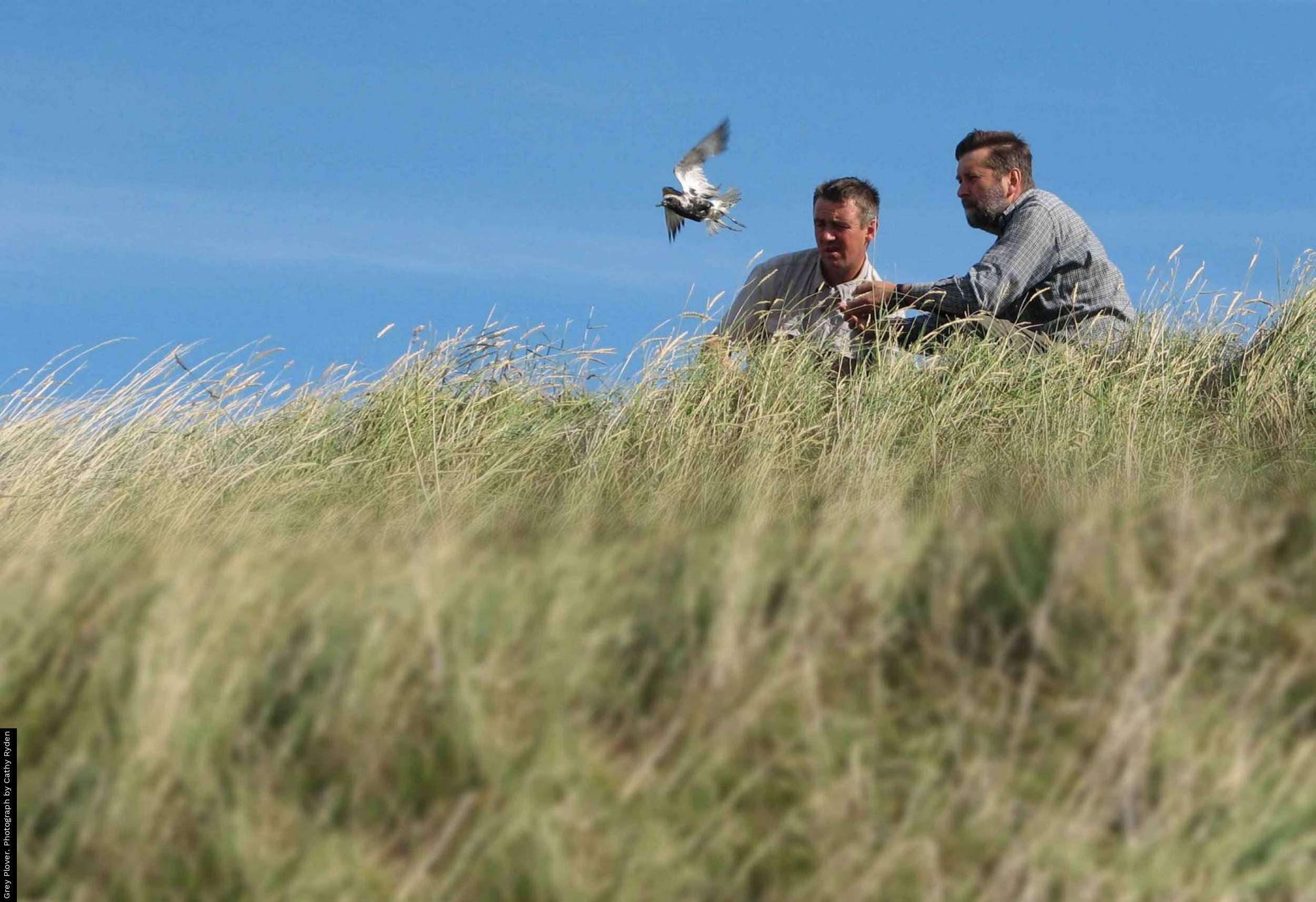
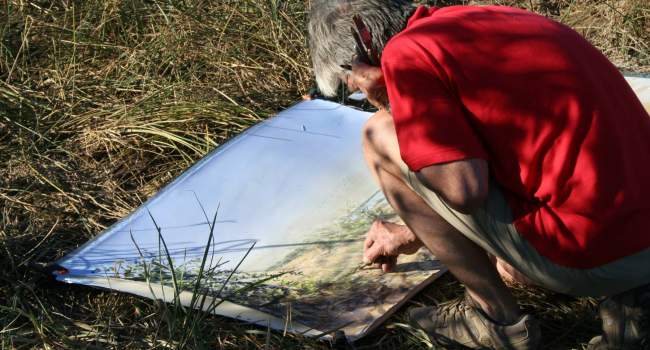
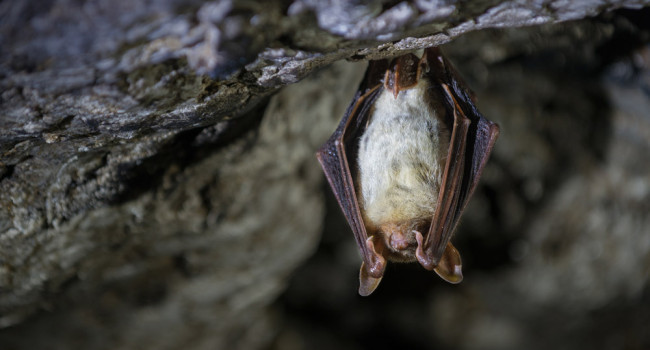
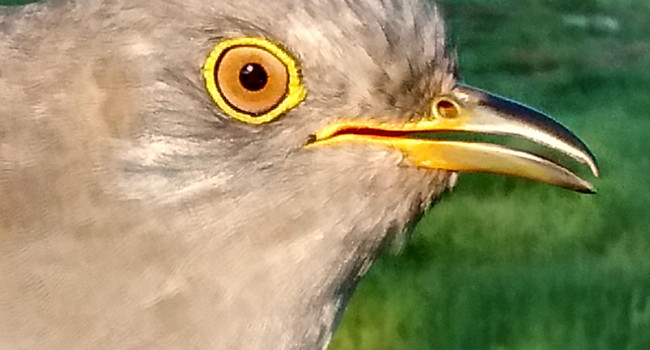

Share this page